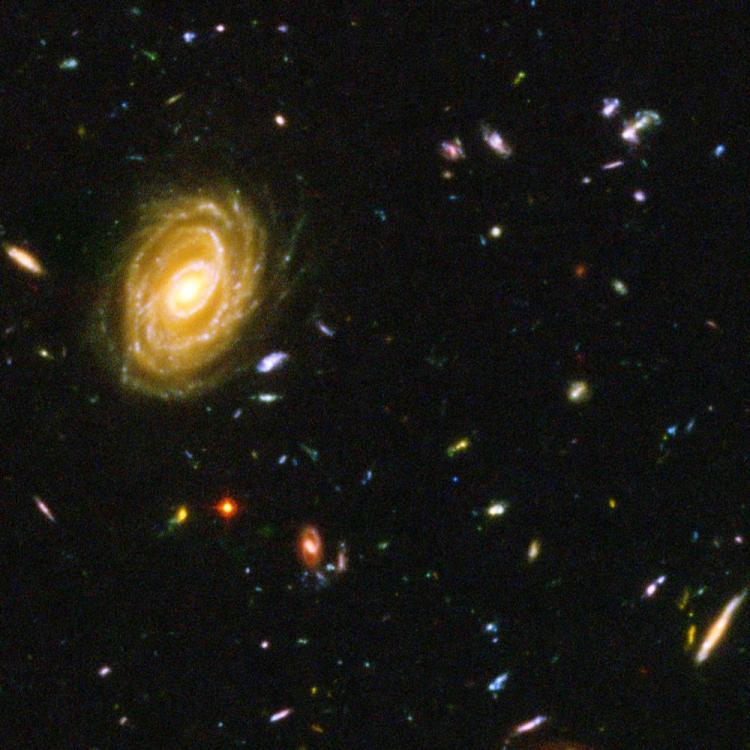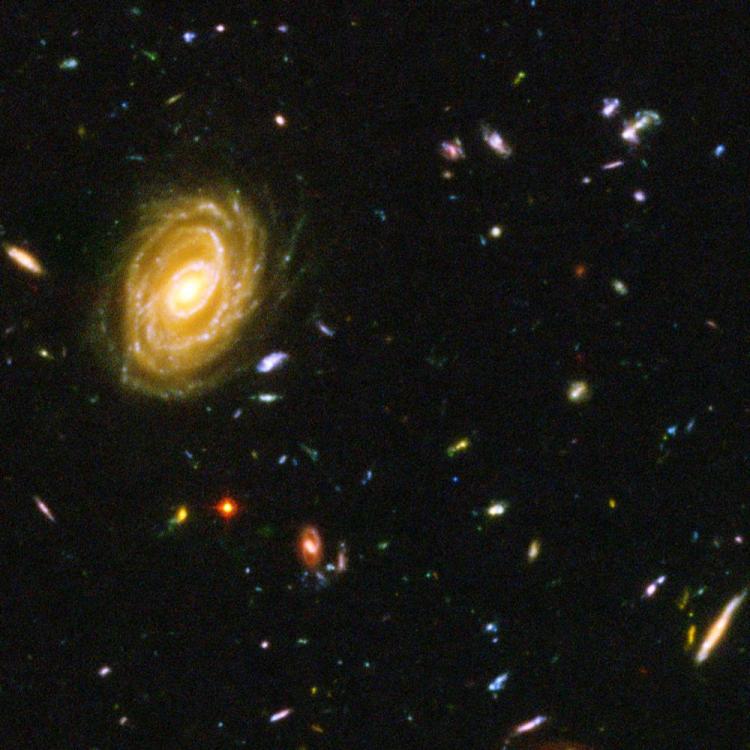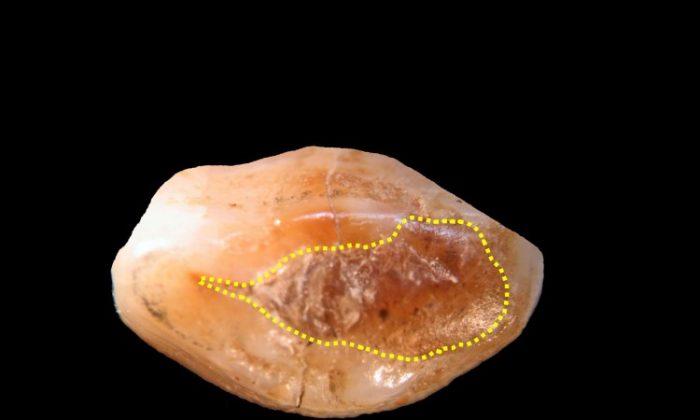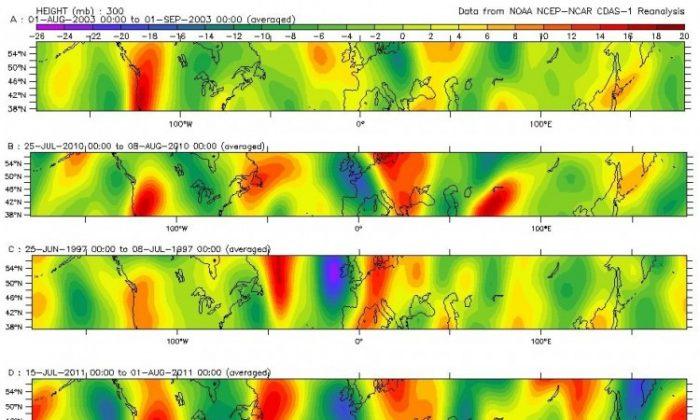The universe may have begun with more of a big freeze than a big bang, according to a new Australian study.
A team of theoretical physicists believe the cracks in crystals, such as ice, may help us understand how the universe came into being.
“Ancient Greek philosophers wondered what matter was made of: was it made of a continuous substance or was it made of individual atoms?” said study lead author James Quach at The University of Melbourne in a press release. “With very powerful microscopes, we now know that matter is made of atoms.”
“Thousands of years later, Albert Einstein assumed that space and time were continuous and flowed smoothly, but we now believe that this assumption may not be valid at very small scales.”
Based on a relatively new theory called Quantum Graphity, space may actually be composed of microcosmic building blocks rather like pixels in an image. Yet being so tiny, these indivisible parts are impossible to see directly.
However, there may be a way to view them indirectly.
“Think of the early universe as being like a liquid,” Quach explained. “Then as the universe cools, it ‘crystallizes’ into the three spatial and one time dimension that we see today.”
“Theorized this way, as the universe cools, we would expect that cracks should form, similar to the way cracks are formed when water freezes into ice.”
And some of these cracks could be detectable.
“Light and other particles would bend or reflect off such defects, and therefore in theory we should be able to detect these effects,” said study co-author Andrew Greentree at the the Royal Melbourne Institute of Technology University (RMIT) in the release.
The team has modeled this idea and developed predictions that can be tested to find out whether the universe is indeed made up of tiny indivisible building blocks.
The study was published in the journal Physical Review D on Aug. 1.
The Epoch Times publishes in 35 countries and in 19 languages. Subscribe to our e-newsletter.





Friends Read Free